

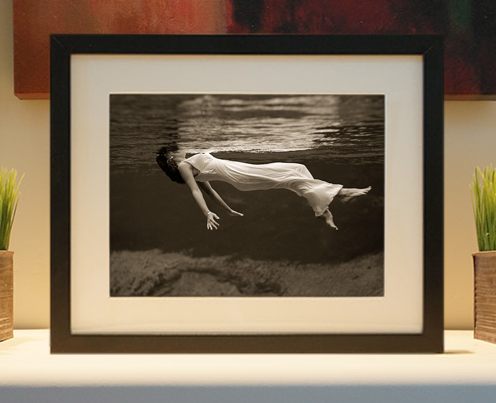
Framed or unframed, desk size to sofa size, printed by us in Arizona and Alabama since 2007. Explore now.
Shorpy is funded by you. Patreon contributors get an ad-free experience.
Learn more.

- Roll your own
- Rugged and real!
- A Charles Purcell - Mama Cass Connection
- Uncle SAAM
- Obfuscation
- One Chocolate Soldier rode away
- Victor Marquis de la Roche
- The Little House Across Way ...
- Vanderbilt Gates
- Vanderbilt Mansion
- You can still see that gate
- Withering heights for me
- So Jim,
- Top Heavy
- Re: Can't Place It.
- Bus ID
- Since you mention it
- The White Pages ?
- Moonlight Tower
- 1907?
- Fire(men) and Water
- Can't Place It
- Can anyone
- Wings
- Where's Claudette and Clark?
- Overbuilt Rolodex
- One song
- Give Me Wings Please!
- PRR
- Pinball Wizards
Printporium
S.S. Deathtrap: 1910
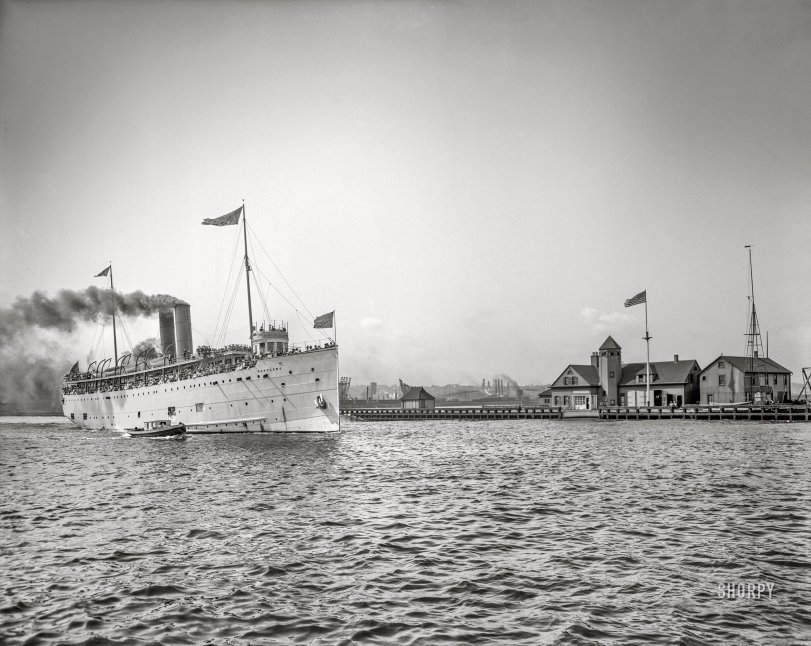
Lake Erie circa 1910. "Excursion steamer Eastland -- Cleveland, Ohio." On July 24, 1915, 844 passengers and crew were drowned when the Eastland, which had a history of listing problems, rolled onto its side while docked in the Chicago River. 8x10 inch dry plate glass negative, Detroit Publishing Company. View full size.
That Sinking Feeling
The apparent list to starboard may be due to the obviously stiff wind from port as evidenced by the flags and stack smoke plus, the ship has a ton of freeboard which will subject it to crosswind.
Second Life
Not long after the horrific tragedy in the Chicago River, SS Eastland was raised and repurposed as the gunboat USS Wilmette in the employ of the US Navy Reserve. She served mostly as a training ship for Naval Reservists from 1918 until just after the end of World War II and sold for scrap in October 1945.
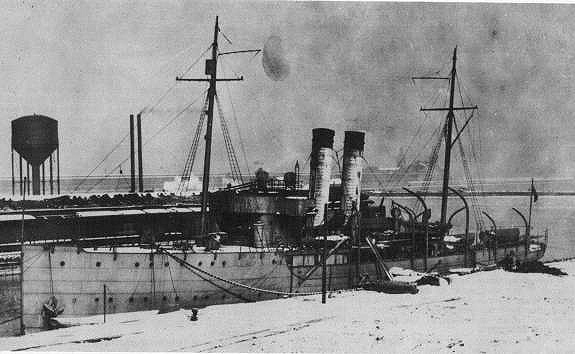
The original owners wanted a shallower draft
Wikipedia has a good rundown of the SS Eastland tragedy. Shortly after being launched in 1903, the Eastland was modified to have a shallower draft for trips on the Black River in South Haven, Michigan. At the same time, air conditioning was added, and modifications were made to increase the ship's speed. These combined modifications reduced the ship's metacentric height (I learned a new term), making it less stable. Recognizing there was now a stability problem, the passenger limit was lowered from 3,000 to 2,800. Cabins were removed and the smokestacks shortened. Alterations continued to be made to improve the ship's stability, while other alterations made it worse. During these 12 years of operation, the ship went through five different owners. No alteration remedied the listing problem and, in 1915 the approved passenger capacity was increased to 2,570 after more lifeboats had been added (post Titanic), making the ship even more top heavy.
Clarence Darrow represented the Eastland's owners and officers in a criminal trial. They were found not guilty.
Wrong lessons learned ??
I've read that, post Titanic, the ship was outfitted with additional lifeboats, something which would have made the ship even more top-heavy.
That Sinking Feeling
She appears to be listing to starboard here. A horrible tragedy, which my grandparents remembered many years later as being in the news, and never forgot.
The sinking of the SS Eastland
The listing problems were made worse in 1912 after the Titanic sank. Ships were required by law to have enough lifeboat capacity for everyone on board. To meet the requirement, they added more lifeboats to the top deck, making it more top heavy.
When passengers boarded for the Western Electric excursion, many flocked to the top deck on the shore side to wave to people there, and extra weight up there caused it to capsize.
George Halas, later the founder of the Chicago Bears and the National Football League, was supposed to be on that trip.
Family Tragedy
Here is the Eastland Disaster Historical Society account of that fateful day:
The S.S. Eastland, known as the "Speed Queen of the Great Lakes," was part of a fleet of five excursion boats assigned to take Western Electric employees, families and friends across Lake Michigan to Michigan City, Indiana, for a day of fun and fellowship. But the festivities were short-lived and quickly turned tragic.
The Eastland, docked at the Clark Street Bridge, never left the Chicago River. Tragedy struck as the ship rolled over into the river at the wharf's edge. More than 2,500 passengers and crew members were on board that day – and 844 people lost their lives, including 22 entire families.
The Response
Months of planning and preparation for the excursion and picnic led up to the Eastland Disaster, but the tragedy itself was over in a matter of minutes. However, the rescue and recovery efforts following the tragedy went on for days, even weeks.
Media event
The 'Eastland' disaster of 1915 was extensively recorded in both still photography and film (discovered in 2015).
The images are horrific. Ironically this was the least deadly of four notorious ship catastrophes within less than a dozen years: the burning of the 'General Slocum' in New York's East River in 1904 (1,021 deaths, and mentioned in Joyce's 'Ulysses'), the 'Titanic' in 1912 (1517), and the torpedoing of the 'Lusitania' (1199) just two months prior to the 'Eastland' rollover's 844 deaths.
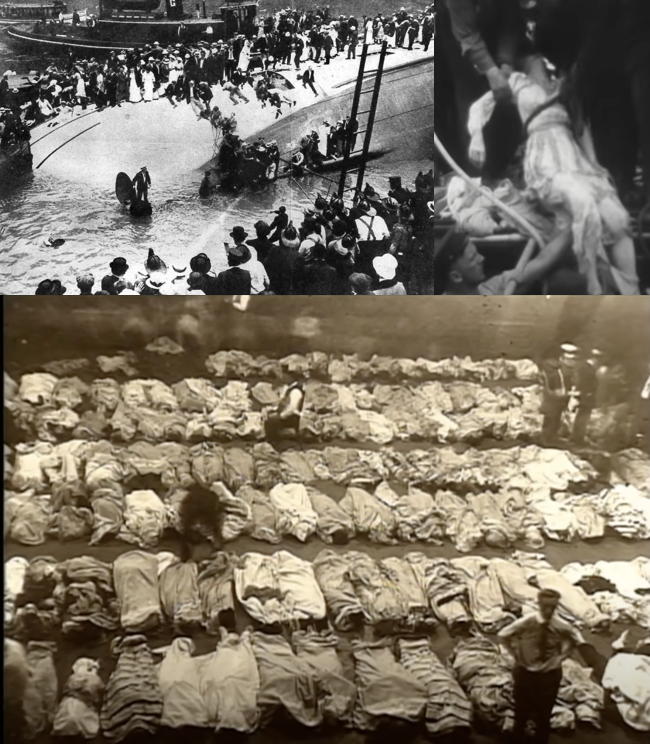






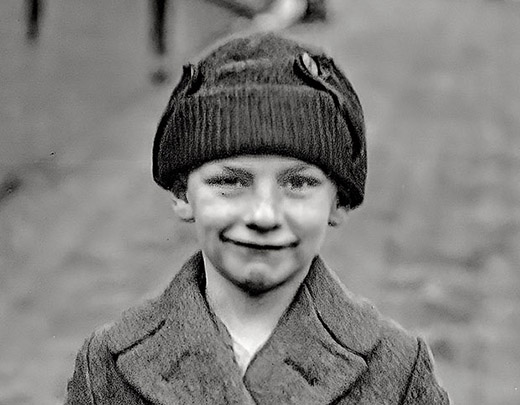
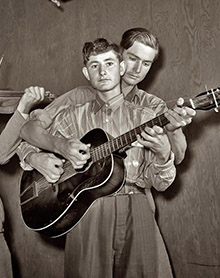
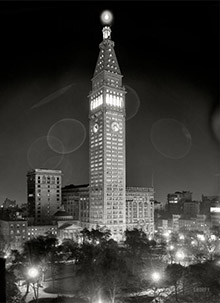
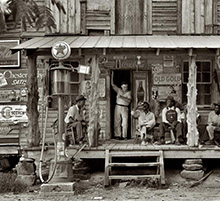
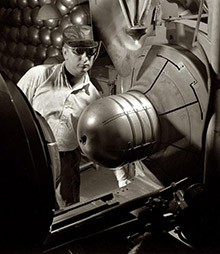
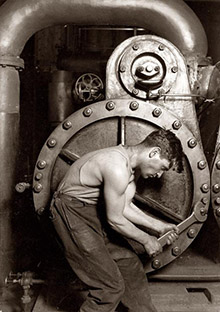
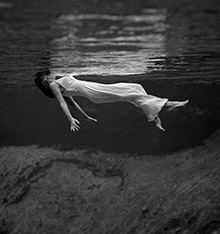
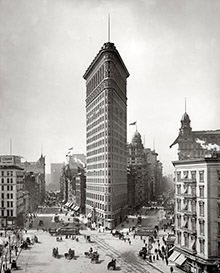
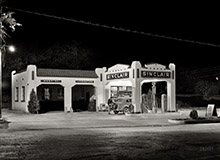

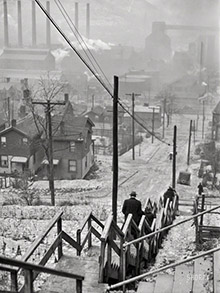
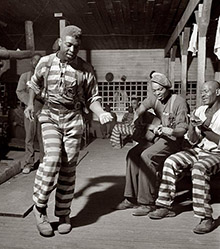

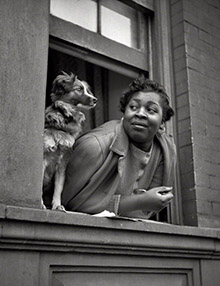
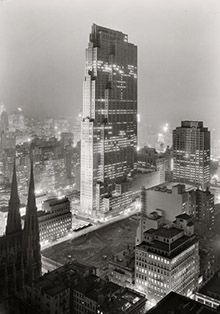
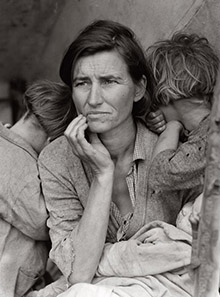
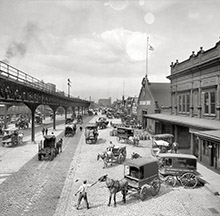
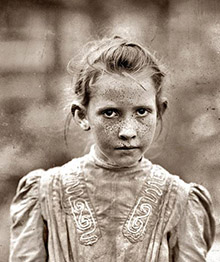
On Shorpy:
Today’s Top 5